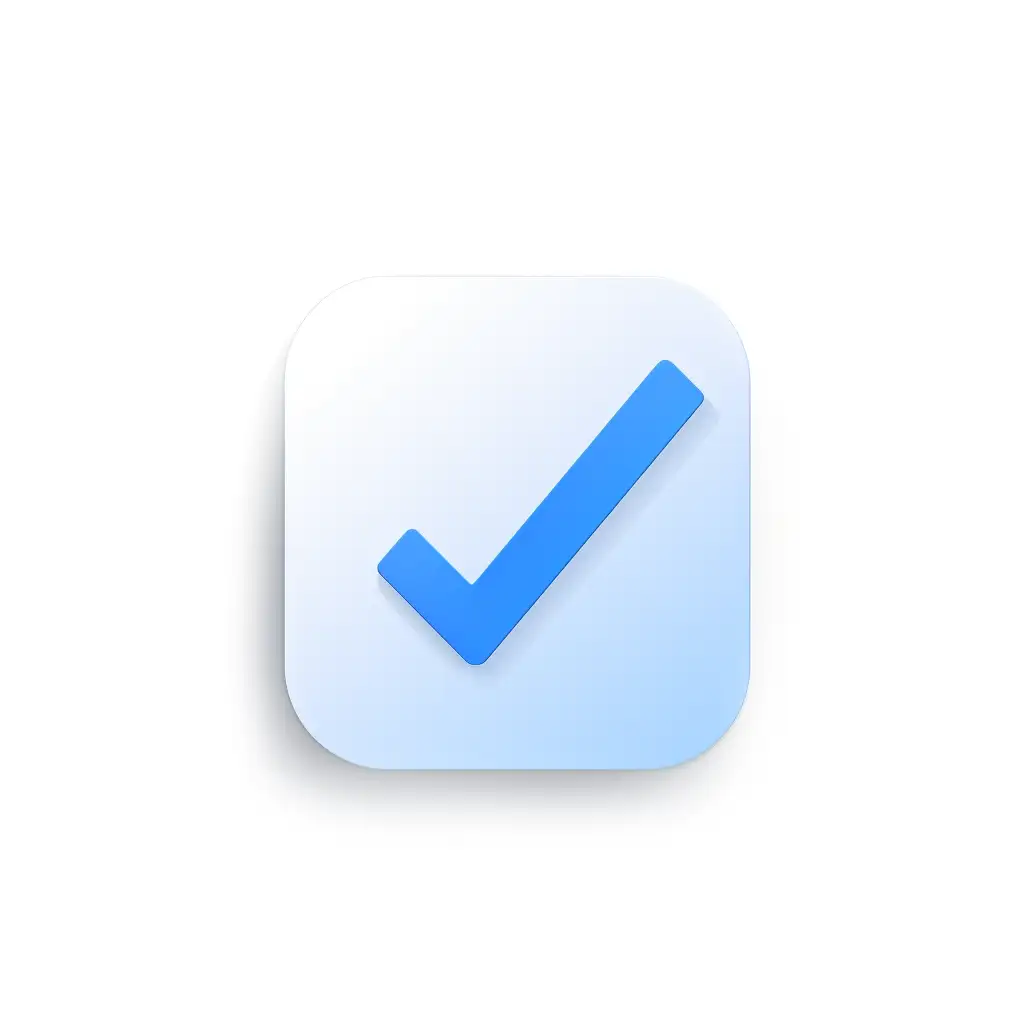A Guide to Clocking in Machines

What is a Clocking in Machine?
A clocking in machine, fundamentally, is a specialized device designed to monitor and record the start and end of an employee’s work day. Serving as a cornerstone for effective time and attendance management, these machines have been instrumental in transforming how businesses track employee hours, ensuring accuracy and fairness in payroll processing, and fostering a disciplined work environment.
Historical Evolution
The journey of clocking in machines began with the mechanical punch clock, a revolutionary invention of the late 19th century. These early devices operated on a simple yet effective mechanism: employees would use a paper card that, when inserted into the machine, would get stamped with the time, marking their arrival and departure. This manual system was the first step towards automating timekeeping, reducing discrepancies and manual errors prevalent in handwritten logs.
Modern Advancements
As technology advanced, so did the clocking in machines, evolving from mechanical to electronic and digital formats. These modern versions have embraced a variety of technologies:
- Magnetic Stripe Cards: Similar to credit cards, these are swiped through a reader to record an employee’s in and out times.
- Proximity Cards: Employees simply wave these cards near a reader to clock in or out, enhancing speed and convenience.
- Biometric Systems: By far the most secure method, biometric systems use unique physical characteristics such as fingerprints, facial recognition, or even iris scans. This technology not only prevents “buddy punching,” where one employee clocks in for another, but also ensures a higher level of accuracy and security in attendance recording.
- Mobile Applications and Web-based Systems: Reflecting the needs of a modern and increasingly remote workforce, these systems allow employees to clock in and out via smartphones or any device with internet access. This flexibility supports various work scenarios, including off-site assignments, remote work, and flexible schedules, ensuring accurate time tracking regardless of the employee’s location.
Enhanced Accuracy and Security
Transitioning from paper cards to digital methods has significantly minimized errors and tampering in timekeeping records. Digital clocking in machines can integrate directly with payroll and HR systems, automating the computation of regular hours, overtime, and leaves. This not only streamlines administrative processes but also enhances compliance with labor laws and regulations by maintaining accurate and verifiable records of work hours.
Types of Clocking in Machines
Mechanical Clocks
The epitome of traditional timekeeping, mechanical clocks, or punch clocks, have been the foundation of employee time tracking for decades. These devices require employees to insert a heavy paper card into a slot, where the clock then stamps the date and time. This method, while simple, offers a tangible record of employee attendance. However, it’s prone to wear, manual tampering, and requires physical storage space for the time cards. Mechanical clocks are best suited for businesses with a small number of employees and those looking for a cost-effective, straightforward solution without the need for advanced features.
Electronic Time Clocks
A step up from mechanical clocks, electronic time clocks embrace technology to enhance accuracy and efficiency. These systems use magnetic stripe or barcode cards that employees swipe to record their attendance. Some models also provide features like display messages, integration with payroll systems, and even schedule management. Electronic time clocks are more secure and easier to manage than mechanical clocks, reducing the potential for errors and time theft. They’re suitable for businesses of various sizes that require a reliable, semi-automated system for time tracking.
Biometric Systems
Biometric systems represent the cutting edge in timekeeping technology, offering unparalleled security and accuracy. By analyzing unique biological traits such as fingerprints, facial features, or iris patterns, these systems ensure that the recorded time is indeed by the actual employee, virtually eliminating buddy punching. Moreover, biometric systems can integrate seamlessly with advanced payroll and HR software, offering real-time attendance data and analytics. These systems are ideal for organizations that prioritize security and efficiency, including those in sensitive or highly regulated industries.
Web-based Systems
Reflecting the modern workforce’s mobility and flexibility, web-based systems provide a versatile solution for time tracking. Employees can clock in and out using a computer, smartphone, or any device connected to the internet, making it perfect for remote workers, freelancers, and businesses with multiple locations. These systems often come with a suite of features, including GPS tracking for mobile employees, project time tracking, and comprehensive analytics. Web-based systems are scalable, easy to implement, and require no physical infrastructure, making them suitable for businesses of all sizes and industries, especially those embracing remote work or with a need for detailed project time tracking.


Benefits of Using a Clocking in Machine
Accuracy in Timekeeping
Clocking in machines significantly reduce human errors associated with manual time tracking methods. Traditional methods like manual logbooks or spreadsheets are prone to mistakes, such as incorrect entries and oversight. By automating the timekeeping process, clocking in machines ensure that the start and end times of employees’ work hours are recorded precisely to the minute. This accuracy is crucial for fair compensation, dispute resolution, and maintaining employee trust. Modern systems, especially those with biometric capabilities, further minimize discrepancies by ensuring that time records are tied directly to the individual employee, eliminating the common issue of buddy punching.
Efficiency in Payroll Processing
One of the most tangible benefits of clocking in machines is the automation and simplification of payroll processing. By accurately tracking work hours, these systems can automatically calculate regular hours, overtime, and leave entitlements, directly feeding this data into payroll software. This seamless integration reduces the administrative burden on HR and payroll departments, cutting down on the hours spent on manual calculations and data entry. As a result, payroll can be processed more quickly and with fewer errors, leading to cost savings and increased employee satisfaction due to timely and accurate wage payments.
Improved Productivity
The administrative overhead of managing employee time and attendance can be significant, especially for larger organizations or those with complex shift patterns. Clocking in machines streamline these processes, freeing up management and HR professionals to focus on core business activities rather than timekeeping and payroll administration. Employees also benefit from a clear and transparent system that accurately reflects their working hours and leave, allowing them to concentrate on their job responsibilities without worrying about administrative discrepancies affecting their pay.
Enhanced Compliance
Adhering to labor laws and regulations regarding work hours, overtime, and breaks is a critical concern for businesses in all jurisdictions. Non-compliance can result in legal challenges, fines, and damage to reputation. Clocking in machines play a vital role in ensuring compliance by providing an accurate and indisputable record of work hours. This data can be crucial during audits or inspections, demonstrating the organization’s commitment to fair labor practices. Additionally, many clocking in systems offer features that alert managers to potential compliance issues, such as excessive overtime or missed breaks, allowing for proactive management and adjustment of work schedules.
How to Choose the Right Clocking in Machine for Your Business
Consider Your Business Needs
Size of Your Workforce: The complexity and scalability of the clocking in system should align with the size of your workforce. Small businesses may benefit from simpler systems with fewer features, while larger organizations might require more comprehensive solutions that can handle multiple entries simultaneously and offer advanced reporting capabilities.
Industry-Specific Requirements: Different industries have unique needs and compliance requirements. For instance, manufacturing businesses might need a durable system that can operate in a rugged environment, while a corporate office might prioritize sleek, software-based solutions.
Work Environment: Whether your employees work remotely, on-site, or in a hybrid model will significantly influence your choice. Remote work necessitates web-based systems that can be accessed from anywhere, whereas on-site work may allow for more traditional or biometric systems.
Key Considerations
Ease of Use: A clocking in system should be intuitive for all users, including employees clocking in and out and administrators managing the backend. Systems that are complicated to use can lead to user frustration, errors, and reduced compliance with timekeeping policies.
Integration Capabilities: The ability to seamlessly integrate with your existing payroll, HR software, and other business systems is crucial. Integration can dramatically reduce administrative work, minimize errors associated with manual data entry, and ensure that data flows smoothly between systems for reporting, payroll processing, and HR management.
Security Features: Security is paramount, especially for biometric systems that handle sensitive personal data. Ensure that the system complies with data protection regulations and includes features like encryption and secure data storage. Additionally, consider the physical security of the system against tampering or unauthorized access.
Cost: Evaluate not just the upfront costs but also the long-term financial implications of adopting a new clocking in system. This includes setup costs, monthly or annual fees, maintenance expenses, and any costs associated with training staff to use the system. A cost-benefit analysis can help determine if the investment will pay off in terms of improved efficiency, accuracy, and compliance.
Scalability: Consider whether the system can grow with your business. The ability to add more users, integrate additional features, or expand to new locations without significant upgrades or system changes is essential for long-term viability.
Vendor Support and Service: The level of support provided by the vendor can be just as important as the system itself. Look for vendors who offer comprehensive support, including training, troubleshooting, and assistance with integration. Responsive customer service can prevent minor issues from becoming major disruptions.

Future of Clocking in Machines
Sophisticated Biometric Recognition
Biometric technology is rapidly advancing, moving beyond fingerprints and facial recognition to more sophisticated and secure methods like iris scanning, voice recognition, and even heart rate patterns. These technologies offer unparalleled accuracy in identifying individuals, making it nearly impossible to commit time theft or buddy punching. Future systems may also incorporate liveness detection to prevent spoofing, ensuring that the biometric data is being provided by a live person in real time.
Integration with Mobile Devices
Mobile integration is becoming increasingly critical as the workforce becomes more mobile and remote work practices proliferate. Clocking in machines of the future will seamlessly integrate with smartphones and other mobile devices, allowing employees to clock in and out, submit time-off requests, and view their schedules from anywhere. This flexibility supports a dynamic workforce and enables businesses to manage their employees more effectively, regardless of location.
Cloud-based Systems and Real-time Data Access
Cloud technology is transforming how data is stored and accessed, offering scalability, security, and accessibility advantages over traditional on-premises solutions. Future clocking in systems will leverage cloud computing to provide real-time access to attendance data, enabling managers and HR professionals to make informed decisions quickly. Cloud-based systems also facilitate easier integration with other HR and payroll systems, streamlining administrative processes and improving overall operational efficiency.
Data Analysis and Predictive Analytics
The future of clocking in machines isn’t just about recording time; it’s about analyzing it. With advancements in data analytics and AI, clocking in systems will offer predictive analytics capabilities, analyzing patterns in attendance, productivity, and even predicting potential staffing needs or compliance risks. This insight can help businesses optimize their workforce, plan for future needs, and identify issues before they become problematic.
Enhanced Employee Self-Service
Employee empowerment is a growing trend in HR technology. Future clocking in machines will expand self-service capabilities, allowing employees to manage their time more autonomously. This includes applying for leave, swapping shifts, and accessing personal attendance records. By providing employees with more control and visibility over their schedules, businesses can improve employee satisfaction and engagement.
Internet of Things (IoT) Integration
The integration of clocking in machines with the Internet of Things (IoT) promises to open new avenues for automating and monitoring work environments. For instance, IoT devices can automatically clock employees in or out based on their presence in a specific location, or monitor environmental conditions to ensure compliance with safety regulations. This integration can enhance security, improve workplace safety, and automate routine tasks, freeing up resources for more strategic activities.
FAQ: Clocking in Machines
Q1: What is a clocking in machine?
A clocking in machine is a device or system used by businesses to record the start and end times of employees’ work hours. These can range from traditional mechanical punch clocks to modern biometric systems and web-based applications.
Q2: How do clocking in machines work?
Clocking in machines work by allowing employees to “clock in” at the start of their workday and “clock out” at the end. This can be done through various means such as swiping a card, entering a PIN, using biometric data (e.g., fingerprint or facial recognition), or through an app on a mobile device.
Q3: What are the benefits of using a clocking in machine?
The benefits include improved accuracy in timekeeping, efficiency in payroll processing, enhanced compliance with labor laws, and increased productivity by reducing the time spent on manual time tracking.
Q4: Are clocking in machines difficult to install?
The difficulty of installation depends on the type of system. Traditional punch clocks are typically straightforward to set up, while more advanced biometric and web-based systems may require professional installation and setup. However, most vendors provide detailed guides or support services to assist with installation.
Q5: Can clocking in machines be used for remote employees?
Yes, web-based systems and mobile apps are designed to accommodate remote employees, allowing them to clock in and out from any location with internet access. These systems often include features like GPS tracking to verify the location of remote check-ins.
Q6: How secure are biometric clocking in machines?
Biometric systems are highly secure as they use unique biological characteristics of individuals, such as fingerprints or facial features, which are difficult to replicate. Additionally, most systems store data in a secure, encrypted format to protect employee privacy.
Q7: Can clocking in machines integrate with payroll systems?
Yes, many modern clocking in machines are designed to integrate seamlessly with payroll and HR systems, automating the transfer of time and attendance data for payroll processing, which reduces manual data entry errors and saves time.
Q8: What should I consider when choosing a clocking in machine for my business?
Consider factors such as the size of your workforce, the physical or remote nature of the work, ease of use, integration capabilities with other systems, security features, and the overall cost of the system, including installation, maintenance, and any subscription fees.
Q9: Are there any legal considerations with using clocking in machines?
Yes, businesses must comply with local labor laws and data protection regulations when implementing clocking in systems. This includes ensuring accurate record-keeping for work hours and overtime, as well as protecting the privacy and security of employee data.
Q10: How do I train my employees to use a new clocking in machine?
Most modern systems are user-friendly, but training is essential. Vendors often provide training materials, and many businesses create custom guides or sessions to walk employees through the process, covering how to clock in and out, report errors, and understand the data recorded.

Disclaimer: The content provided on this webpage is for informational purposes only and is not intended to be a substitute for professional advice. While we strive to ensure the accuracy and timeliness of the information presented here, the details may change over time or vary in different jurisdictions. Therefore, we do not guarantee the completeness, reliability, or absolute accuracy of this information. The information on this page should not be used as a basis for making legal, financial, or any other key decisions. We strongly advise consulting with a qualified professional or expert in the relevant field for specific advice, guidance, or services. By using this webpage, you acknowledge that the information is offered “as is” and that we are not liable for any errors, omissions, or inaccuracies in the content, nor for any actions taken based on the information provided. We shall not be held liable for any direct, indirect, incidental, consequential, or punitive damages arising out of your access to, use of, or reliance on any content on this page.
Trusted By
Trusted by 3.2M+ Employees: 21 Years of Service Across Startups to Fortune 500 Enterprises
Join our ever-growing community of satisfied customers today and experience the unparalleled benefits of TimeTrex.










Strength In Numbers
Join The Companies Already Benefiting From TimeTrex
Time To Clock-In
Start your 30-day free trial!
Experience the Ultimate Workforce Solution and Revolutionize Your Business Today
- Eliminate Errors
- Simple & Easy To Use
- Real-time Reporting

Saving businesses time and money through better workforce management since 2003.
Copyright © 2025 TimeTrex. All Rights Reserved.

